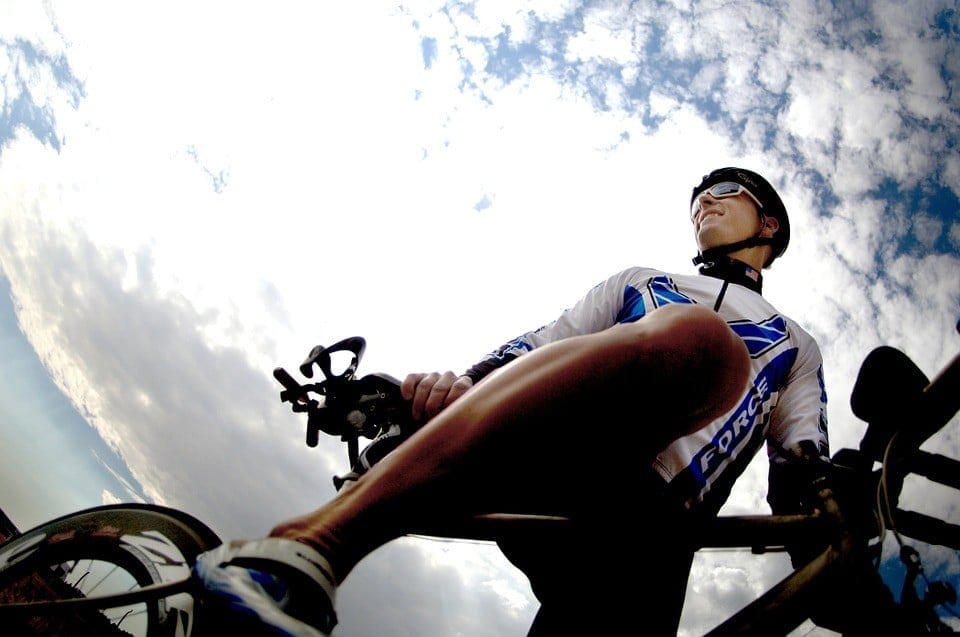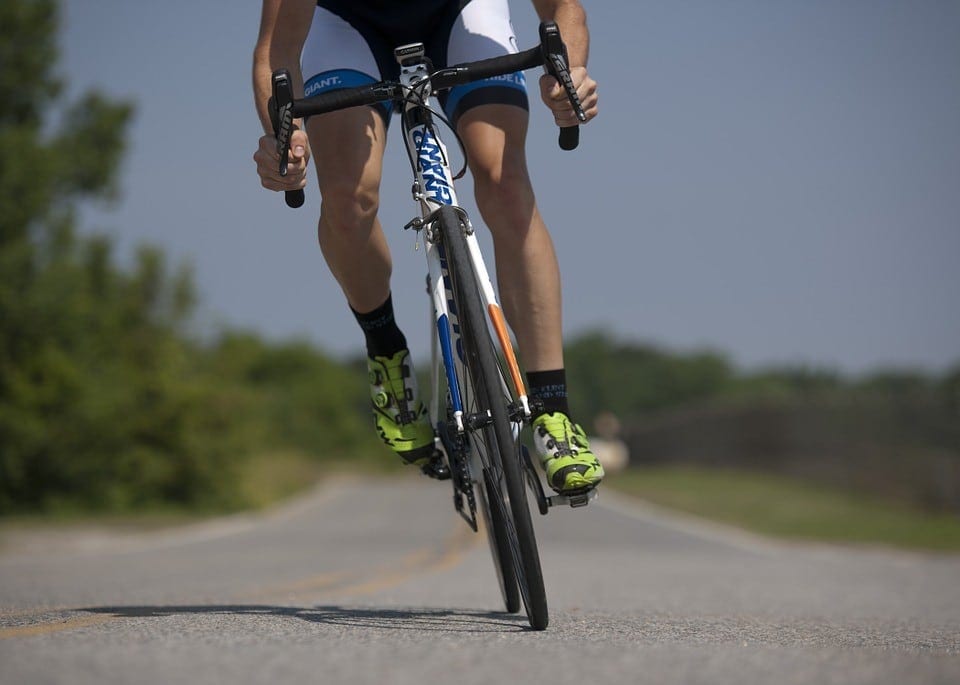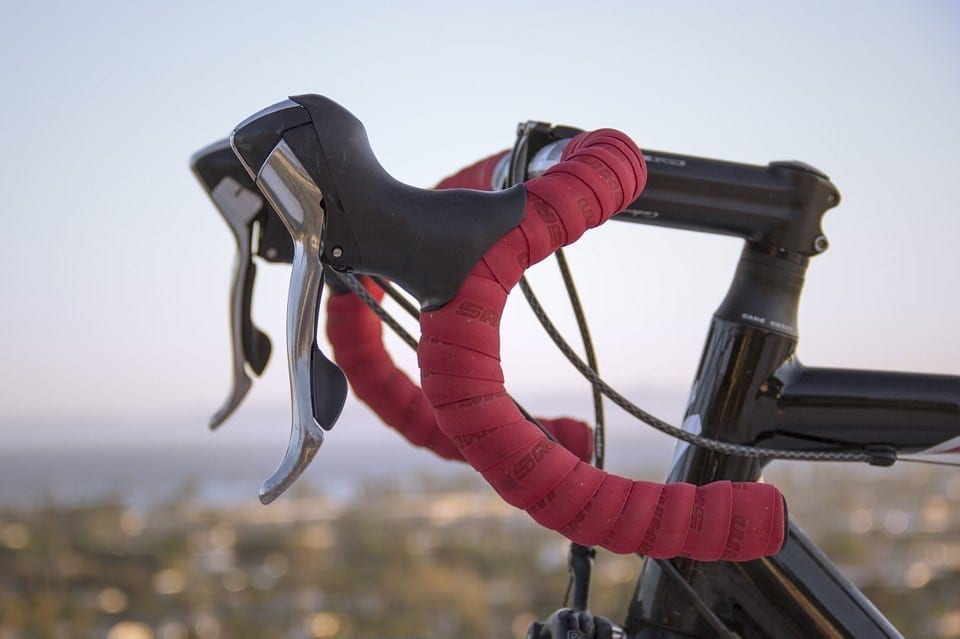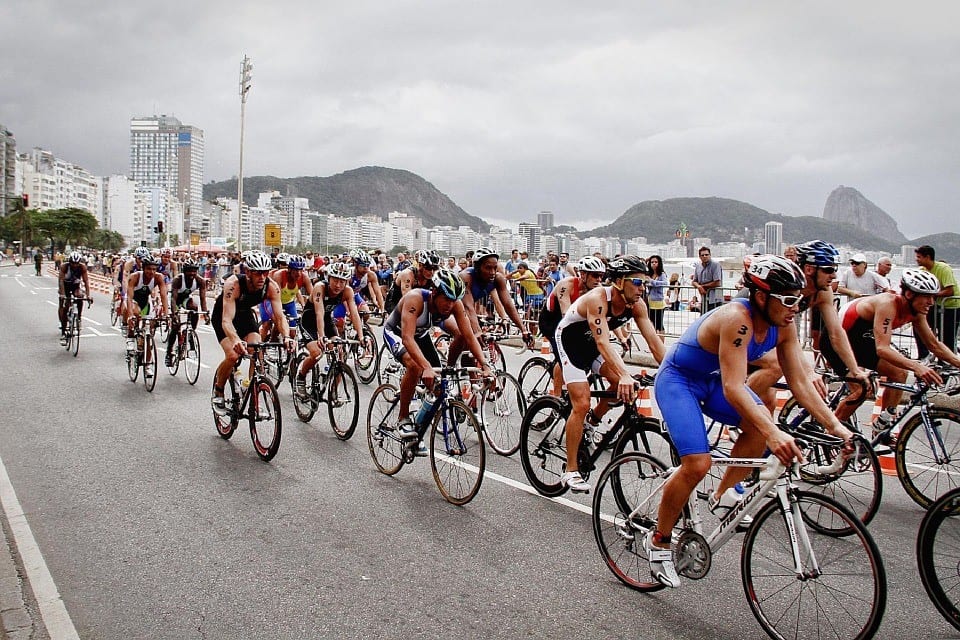
When people look at the champions from the Tour de France, they see the epitome of physical greatness. Their combination of skill, endurance and tenacity embodies the spirit of a champion. All great steps must grow from humble beginnings. Whether you are someone starting by riding down the back streets, scaling the local hills or pedalling along the coastlines; you can make the choice to improve your cycling ability just as the greats have done. Cycling great Greg LeMond said that “It never gets easier, you just go faster.” To improve your cycling performance, there are five main areas that you must learn to master.
1. Bike Maintenance.
2. Fitness
3. Technique
4. Equipment
5. Safety
Check out the guide below.
Bike Maintenance.
Keep your bike clean.
A clean bike is a happy bike. Depending on the environmental conditions that your bike will be exposed to, it could affect the chains, drive chain, gears and wheels. By keeping the bike clean, you will prolong the bike’s longevity and performance. Watch the video below which discusses how often bike’s should be cleaned and how to clean the bike.
Bike cleaning tutorial.
Keep the tyres inflated properly.
Tyres that aren’t inflated properly are more prone to punctures. Rather than using hand pumps to keep your bike’s tyres inflated, use standing track pumps with a pressure gauge that can tell you how much air to put in. The side of the tyre should have a number followed by the letters PSI. You can see more in the video below.
How to pump up a road bike tyre presta valve
How to inflate a Shrader valve bicycle tyre.
Check the brake pads.
It is important to regularly check the bike’s brake pads for wear and tear. Ensure that the brake pads are never worn to the point of metal on metal contact as it can destroy the brake rotors very quickly.
If the brake pads have less than 1.5mm of braking material remaining, they will need to be replaced. The video below demonstrates how to identify worn brake pads.
Lubricate
Wherever metal touches metal on your bike, use bike-specific lubricant that will address:
● The various terrains and climate that the rider will expose the bike to.
● The mechanical components of the bike to reduce friction, repel moisture , reduce noise and improve the performance of the bike.
Take your bike in for regular service.
You should aim to service your bike once in every 500 or 1000km. The service should allow all the different aspects of your bike to be assessed for optimal performance.
Make sure the wheels on the bike spin ‘true’.
Turn over your bike and pedal the wheels to see that they spin straight and round. This is referred to as spinning true and adds to the bike’s performance. If the wheels aren’t true, it could impact the bike’s ability to brake effectively.
Invest in the perfect saddle.
It is important to invest in a saddle that will give you comfort, as well as protect your nether-regions. The wrong kind of bike seat will cause numbness and discomfort. The best place to sit is on the ‘sitting bones’, which are two boney lumps that attach to your hamstring and vary in width depending on the size of your pelvis. Invest in a saddle that gives comfort to the width of your sit bones and that is relatively flat on top.
Fitness

There are a few ways you can improve your bike fitness. These include:
Cycling more.
The more times you cycle, the more you should improve. One thing to bear in mind is the importance of recovery.
Increasing your cycling intensity.
There are different intensity cycles for training. These include:
Endurance
Where the cycling activity is raises and maintains the heartbeat at 65-80% of the maximum heart rate. It is a great way to improve aerobic fitness.
Interval
This should be performed at 90% of your maximum heart rate. This can be achieved by doing hill climb intervals that will add extra stress to the muscles.
Recovery
Your muscles need to recover in order to help you improve your fitness. The ride should be done at a low intensity that is 65% of your maximum heart rate.
Set goal targets.
The way you will be able to gain fitness productively is by setting and achieving goals. Goals will keep you motivated and help you craft a tactical plan to achieve your objectives. The best way to set effective goals include:
● Establishing the specific goals you want to achieve with your fitness.
● Determining the goals that can be achieved in the short, medium and long-term.
● Establishing the process required to achieve those goals.
Technique.

By improving the your technique on the bike, you will be able to cycle more efficiently and improve your cycling performance. Technical areas that you can improve include:
Braking.

Learning how to brake efficiently is an essential skill that every cyclist needs to master. Cyclists must learn how to ‘tune-in’ to the feedback from their brakes and tyres. One of the best ways to practice is to cycle in a quiet area, build up speed on the bike and then to stop the bike with the brakes. You should get a sense of how long it takes to stop and to detect whether or not the tyres may be skidding, losing grip or stopping the bike effectively.
The most efficient brake to use is the front brake. 70-80% of the bike’s stopping power comes from the front brake, whereas the rear brake will reduce the speed of the bike. People that are new to cycling are concerned that if they stop the bike with the front brakes, they will go flying over the handlebars. However, by applying the right technique (which is squatting down behind the bike seat), this shouldn’t happen. Use the back brake to regulate the speed of the bike while cycling or to bring yourself to a stop.
Gears.
Knowing how to change gears effectively on the right terrain and gradients will improve your cycling performance and the maintenance of your bike. Cyclists need to find the right gear that will allow them to pedal at a good cadence that doesn’t make them feel like they are pushing too hard or too gently through the pedals. The general rules of thumb when it comes to using gears include:
Climb hills in a low gear.
As you approach the incline that you will need to climb, switch down in gears so you can continue up the hill with less effort.
Use middle gears for everyday terrain.
The middle gears are great to use on flat terrain.
Descend in high gears.
A high gear will allow you to travel a long way with each pedal. It is great for accelerating and pedalling at a steady cadence on a decline.
Navigating corners.
The art of cornering can add a new dimension to your cycling. You can avoid losing momentum when coming into a corner by getting your body into a good position. Lower the body over the front of the bike to drop your centre of gravity. This will give you more control over your bike when navigating the corner.
Pedalling.
The efficiency of a pedal stroke (also known as ankling) allows the rider to cycle with more power and less difficulty. By drawing the force downward, it allows the rider to produce more power efficiently. The video below demonstrates the ankling process.
Equipment
You never know what might happen on the road. That’s why it is important to keep essential repair items on you should you get into trouble while riding. Some essential items to carry include:
A flat repair kit
Your flat repair kit should contain a pump, spare tyre tubes, tyre patches and tyre levers.
Saddle bag
This is a small bag that can use to conveniently keep items such as sunscreen, lip balm or snacks.
Rain gear
Items such as Gore-Tex help to keep you dry in wet conditions whilst allowing your body to breathe. Rainproof cycling jackets, bags and pants are also other essentials to keep on you when experiencing wet weather.
Safety
Whether you are cycling for recreation or commuting, it is important to protect yourself from potential safety hazards while riding. According to VicRoads, an average of 413 injuries and 8 fatalities are sustained each year from cycling. Transport for New South Wales recommends cyclists to obey road rules, wear safety gear and use hand signals. Additional information from Transport for New South Wales can be viewed in the video below.
Wear bright colours.
Increasing your visibility by wearing bright colours could save your life! Many riders become fatal accident victims because drivers fail to see them clearly. Invest in brightly coloured biking clothes!
Always look ahead and be aware of your surroundings.
There are several stories of cyclists running into parked cars because they don’t look where they are going. Scan the path ahead of you to avoid any potential hazards that could jeopardise your safety.
Avoid riding on the inside of large turning vehicles such as buses and trucks.
Too many cyclists have succumbed to injuries and fatalities because they got caught on the inside of large vehicles whilst turning and the driver was unable to see them. Stay behind them. It might just save your life!

The same athletes that compete in the Tour de France use the advice that has been provided. By following this advice, you will be able to improve your cycling performance and cycle over long distances with ease.

